How to Know if You Need a Dental Cleaning
As someone who values their oral health, I’ve always found that knowing when to schedule a dental cleaning is an essential part of maintaining a healthy smile. Over the years, I’ve learned that many people, including myself at times, don’t realize that a dental cleaning is needed until they experience some discomfort or other signs. In this article, I’ll share what I’ve learned about how to know when it’s time for a professional dental cleaning. From subtle signs to more obvious symptoms, I’ll walk you through the key indicators that can help you recognize when your teeth and gums need attention.
1. The Importance of Regular Dental Cleanings
Dental cleanings are more than just an aesthetic procedure; they are crucial for your overall oral health. Regular dental cleanings prevent the build-up of plaque and tartar, which can lead to gum disease, tooth decay, and other serious oral health issues. Early in my own dental care journey, I learned the value of not just brushing and flossing at home but also visiting the dentist for a professional cleaning every six months. This routine is essential to ensure that your teeth stay healthy, and your gums remain in good condition.
1.1 Plaque and Tartar Build-Up
One of the main reasons to get a dental cleaning is to remove plaque and tartar that accumulate on your teeth over time. Plaque is a sticky film of bacteria that forms on your teeth after eating or drinking. If not removed through brushing and flossing, plaque can harden into tartar, which can only be removed by a dentist or dental hygienist. The build-up of plaque and tartar can cause various dental issues, including cavities and gum disease, so it’s important to stay on top of your cleaning schedule.
2. How to Recognize the Signs You Need a Dental Cleaning
Now that we understand the importance of regular dental cleanings, let’s talk about how to recognize when it’s time to get one. There are a few key signs and symptoms that can indicate the need for a dental cleaning. Some are subtle, while others are more obvious, but each is a signal that your teeth and gums need attention. I’ve experienced many of these signs myself, and understanding them helped me take better care of my oral health.
2.1 Bad Breath (Halitosis)
One of the first signs that you may need a dental cleaning is persistent bad breath, or halitosis. While bad breath can be caused by several factors, such as diet or dehydration, it can also be a result of plaque and tartar build-up. As plaque accumulates, it can lead to a foul smell that regular brushing and mouthwash can’t fully eliminate. If you notice that your breath continues to smell unpleasant despite good oral hygiene habits, it may be time to schedule a cleaning.
2.2 Bleeding or Swollen Gums
Another clear sign that you may need a dental cleaning is bleeding or swollen gums. If your gums bleed when you brush or floss, this could be a sign of gum disease, also known as gingivitis. Gingivitis is caused by plaque build-up along the gum line, and if left untreated, it can progress to more serious gum disease. I’ve experienced this myself and learned that regular cleanings are essential to keep my gums healthy and prevent inflammation.
2.3 Tooth Sensitivity
Tooth sensitivity is another symptom that can indicate the need for a dental cleaning. If your teeth are sensitive to hot or cold foods and beverages, this could be a sign that plaque or tartar has built up on the surface of your teeth or that gum recession is occurring. I’ve found that regular cleanings can help alleviate some of this discomfort by removing plaque and tartar that may be contributing to the sensitivity.
2.4 Yellowing or Staining of Teeth
If you’ve noticed that your teeth are becoming yellowed or stained despite brushing regularly, it might be time for a dental cleaning. Plaque and tartar can cause your teeth to appear discolored. While whitening products can help to an extent, a professional cleaning is often the best way to remove stains and restore your teeth to their natural brightness. I’ve had great success with cleanings in removing stubborn stains that over-the-counter products couldn’t tackle.
3. How Often Should You Get a Dental Cleaning?
The general recommendation is to get a dental cleaning every six months, but this can vary depending on your individual needs. Some people may need more frequent cleanings due to health conditions such as diabetes, smoking, or a history of gum disease. I personally found that scheduling a cleaning every six months has worked well for me, helping to maintain my oral health and prevent issues from developing.
3.1 Factors That Affect Your Cleaning Schedule
Your dental health history and lifestyle choices can impact how often you need a cleaning. For example, if you have a higher risk of gum disease or have had previous dental issues, your dentist may recommend more frequent cleanings. On the other hand, if you have excellent oral hygiene and no history of gum disease, you might be able to stretch the time between cleanings. I’ve learned that it’s important to work closely with my dentist to determine the best schedule for my needs.
4. The Dental Cleaning Process: What to Expect
If you’re wondering what happens during a dental cleaning, here’s a breakdown of the process. I was a bit nervous the first time, but now I find the whole procedure to be pretty straightforward and painless. During the cleaning, the dental hygienist will use special tools to remove plaque and tartar from your teeth, especially along the gum line and between your teeth. The hygienist will also polish your teeth to remove surface stains and finish up with a fluoride treatment to help strengthen your enamel.
4.1 The Duration and Aftercare
Dental cleanings usually take about 30 minutes to an hour, depending on how much plaque and tartar needs to be removed. After the cleaning, your dentist may provide aftercare instructions, such as avoiding certain foods or beverages for a short time. I’ve always found that following these instructions helps to ensure my teeth stay fresh and healthy after the cleaning.
5. Cost of Dental Cleanings and Insurance Coverage
The cost of a dental cleaning can vary based on where you live and your dentist’s office. On average, I’ve found that cleanings can cost anywhere from $75 to $200 without insurance. However, many dental insurance plans cover the cost of regular cleanings as part of preventive care. If you’re concerned about the cost, check with your dentist’s office to see if they offer payment plans or discounts for multiple visits.

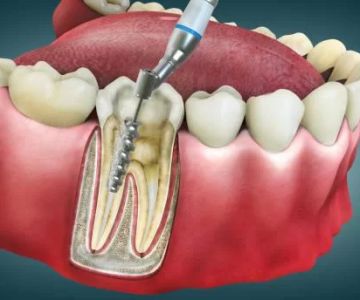
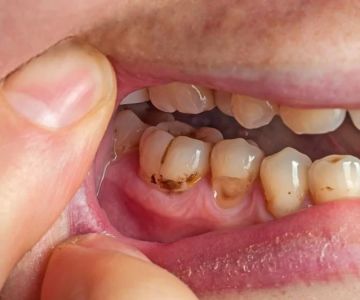
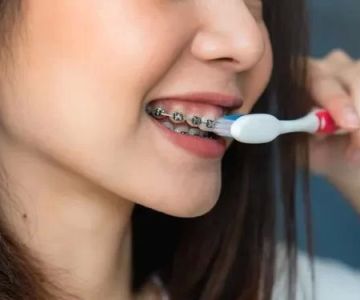
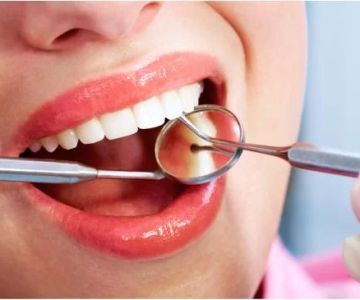
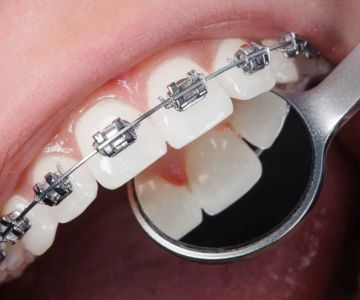
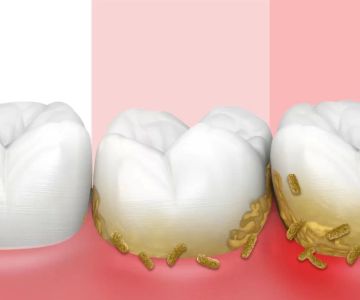
 Loma Linda University Center for Dentistry and Orthodontics
Loma Linda University Center for Dentistry and Orthodontics Middletown Family Dental | Dentist in Middletown RI | DMD
Middletown Family Dental | Dentist in Middletown RI | DMD Painted Skies Dental Center
Painted Skies Dental Center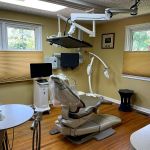 Gentle Smiles of Cherry Hill
Gentle Smiles of Cherry Hill Abundant Dental Care of Sandy
Abundant Dental Care of Sandy Olsen Orthodontics
Olsen Orthodontics The Importance of Oral Health Education During Pregnancy for a Healthy Pregnancy
The Importance of Oral Health Education During Pregnancy for a Healthy Pregnancy Why Skipping Dental Checkups Can Lead to Bigger Oral Health Problems
Why Skipping Dental Checkups Can Lead to Bigger Oral Health Problems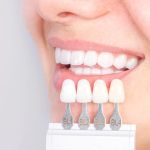 Advantages of Porcelain Dental Restorations
Advantages of Porcelain Dental Restorations Best Tips for Brushing Your Teeth Properly for Healthy Gums: Essential Techniques for Oral Health
Best Tips for Brushing Your Teeth Properly for Healthy Gums: Essential Techniques for Oral Health How Can Diabetes Cause Tooth and Gum Problems? Preventing and Managing Oral Health Issues
How Can Diabetes Cause Tooth and Gum Problems? Preventing and Managing Oral Health Issues Healthy Habits for Promoting Good Oral Health and Hygiene: Tips for a Healthy Smile
Healthy Habits for Promoting Good Oral Health and Hygiene: Tips for a Healthy Smile